I know this seems like common sense and isn’t groundbreaking by any means BUT I think it’s important that we educate our tots about gardening.
Below are a few simple FACTS that toddlers can understand. Please note that my kids are 3 years old and almost 2 years old… so that’s the audience I have in mind for these conversations
1. SEEDS TURN INTO PLANTS
All plants start from seeds. Some seeds are big, some seeds are small – just like some plants are big (like trees) and some plants are small (like a mint plant). I think it’s so cool to get toddlers involved in seed planting so that they can witness the full plant life cycle. Also, touching something as small as seeds and having to sort and plant tiny seeds assists with fine motor development. The best way to demonstrate this is to show your kids the insides of fruits and vegetables you’re already cutting up in the kitchen. Or plant some seeds together and let the learning begin 😊
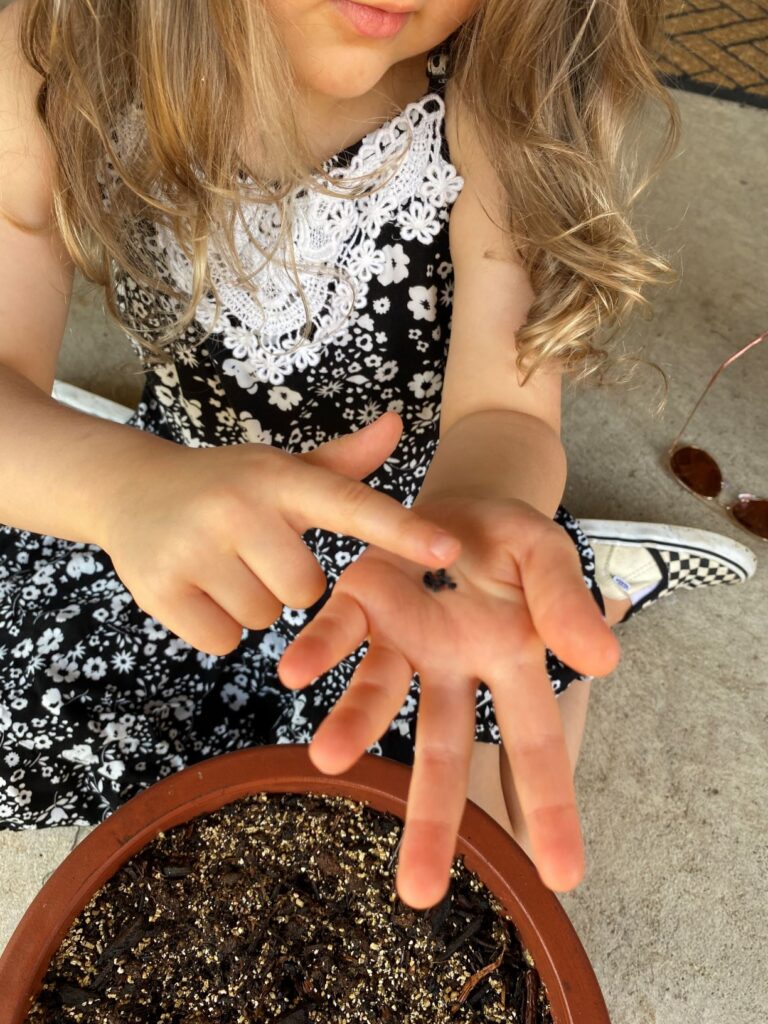
2. PLANTS NEED 3 THINGS
water, sunlight, and soil
Different plants need different amounts of each of these things – but a plant cannot grow without them. Just like tiny children need food, water, and sleep to grow big and strong… plants have things they need to grow big and strong too.
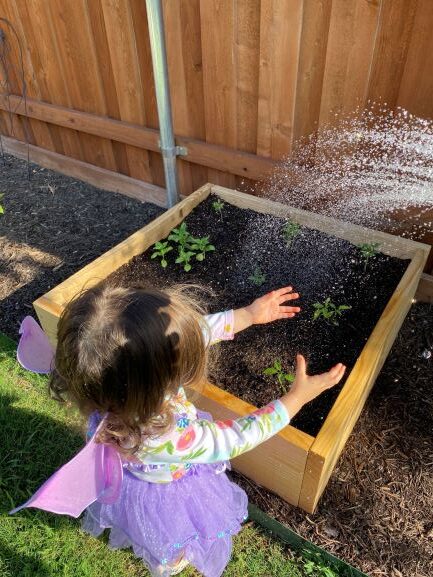
3. PLANTS DRINK WATER THROUGH THEIR ROOTS
Even though roots are not always visible, because most grow underground… this is how plants get the water they need. The best way to illustrate this is by actually starting seeds indoors and transferring the seedlings so kids can see with their own eyes. If real plants aren’t available, just pull up a picture online… sometimes a picture can be worth a thousand words and really drive the point home for the kiddos. It might be fun to point out different plants on walks outside in the neighborhood or in your own garden and “guess” how big each plant’s root system might be.
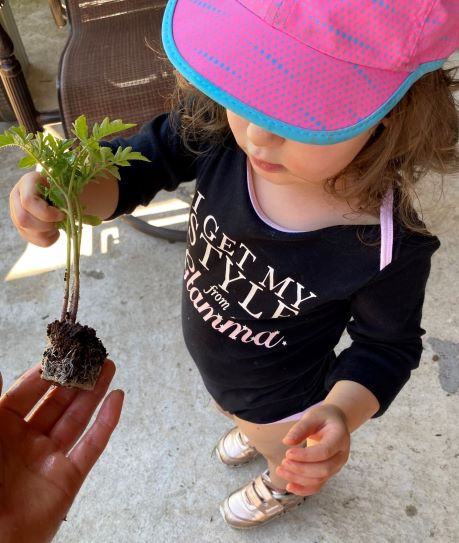
4. THERE ARE LOTS OF DIFFERENT KINDS OF GARDENS
I think it’s cool to show kids pictures, almost like flash card versions, of different gardens. Some gardens grow lots of fruits and vegetables to eat. Some gardens just grow pretty flowers. Some gardens are big; some are little. Some grow herbs for cooking, and some are a mix of everything. Just like there’s different kinds of people in the world, there’s a wide variety of gardens.
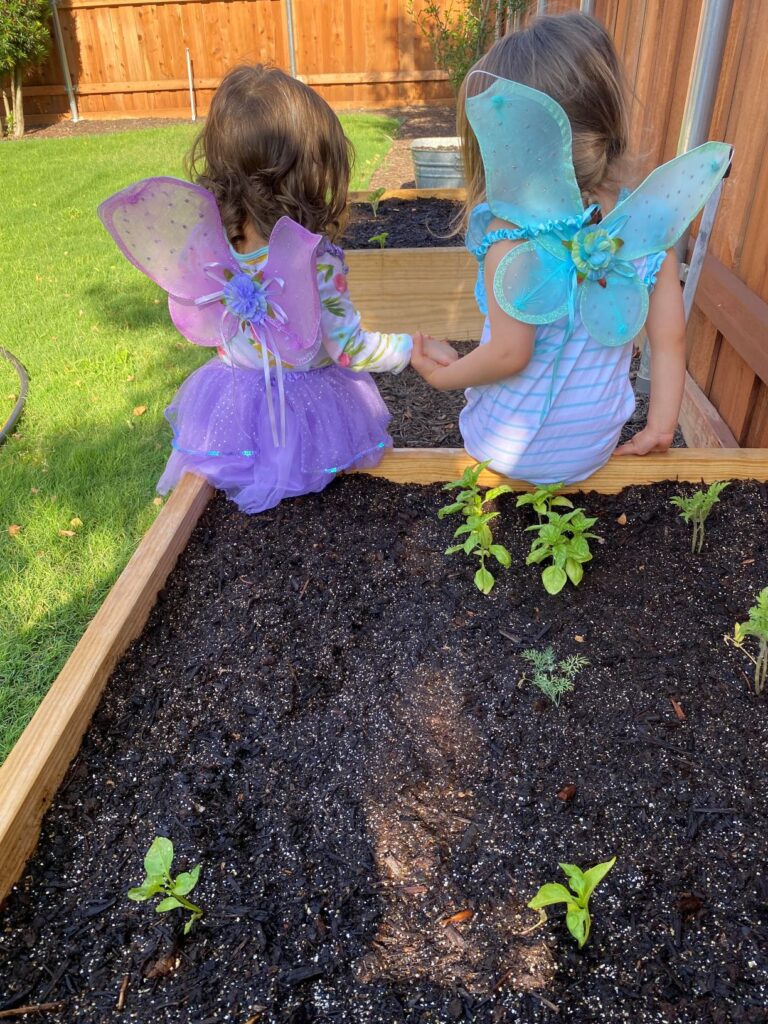
5. PLANTS MAKE THEIR OWN FOOD
Depending on your child’s age, you can adjust the complexity of photosynthesis… but a BASIC introduction is to let your children know that the sun is really powerful and it helps plants make their own food.
- The sun transfers energy into the plant’s leaves
- The green part of the leaves creates a reaction in the plant
- When this is combined with soil and water, the plant creates sugar to eat
- This is how plants feed themselves

6. BUGS ARE IMPORTANT
Some bugs are pests, but some are really important in helping plants grow. For example, bees and butterflies help pollinate flowers and earthworms help make the soil better for the plants to grow. Be sure to point out insect friends whenever you see them!
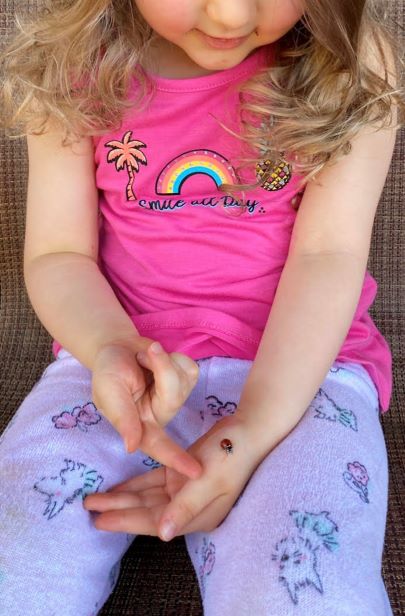
7. SEASONS AND WEATHER MATTER
Different kinds of plants grow (or have a hard time growing) depending on the season. This means how hot or cold it is outside. If it’s raining a lot or not… there are certain times of the year when it’s easy to grow fruits and veggies quickly. There are also times of the year when plants need to take a break or it’s time for different kinds of plants to grow. For example, watermelon grows really well in the summer months, but doesn’t like the cold.
8. PLANTS FOLLOW A LIFE CYCLE
All plants follow a life cycle. They start as seeds… then grow into big plants…blossom and make new seeds. And the cycle repeats. Maybe the adult plants fall down and become part of the soil… or maybe they get picked and are eaten by people or animals.
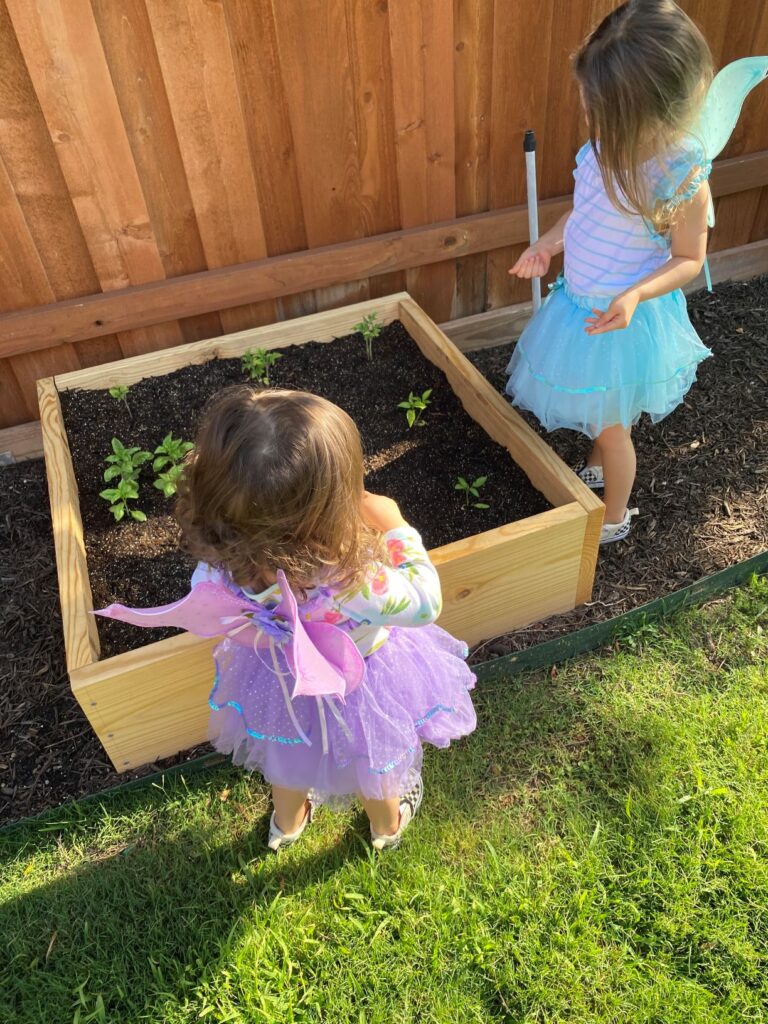
Let me know how it goes… what your kids say… what surprised you. Also, let me know what I missed! I’d love to incorporate your suggestions with my own kiddos.